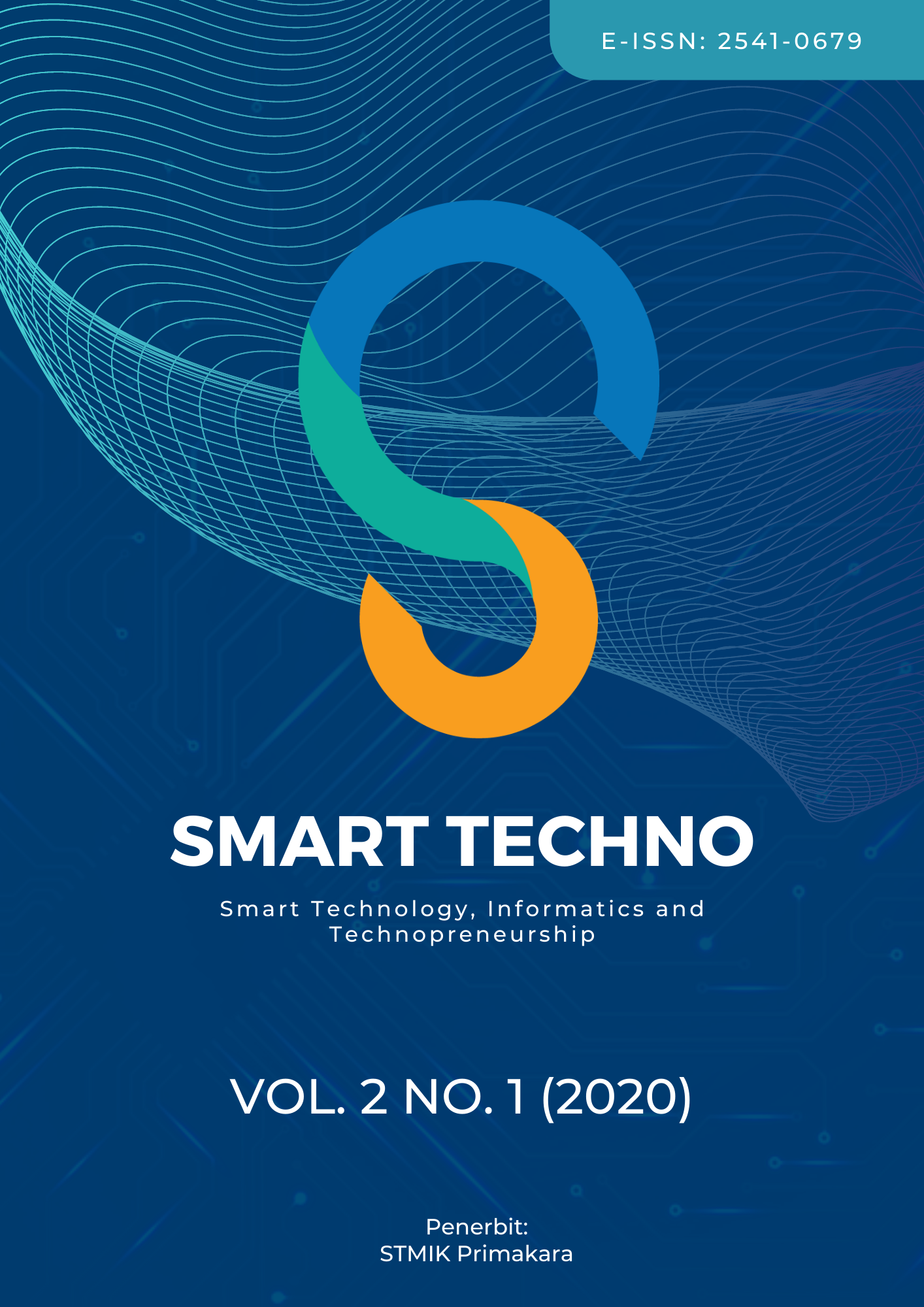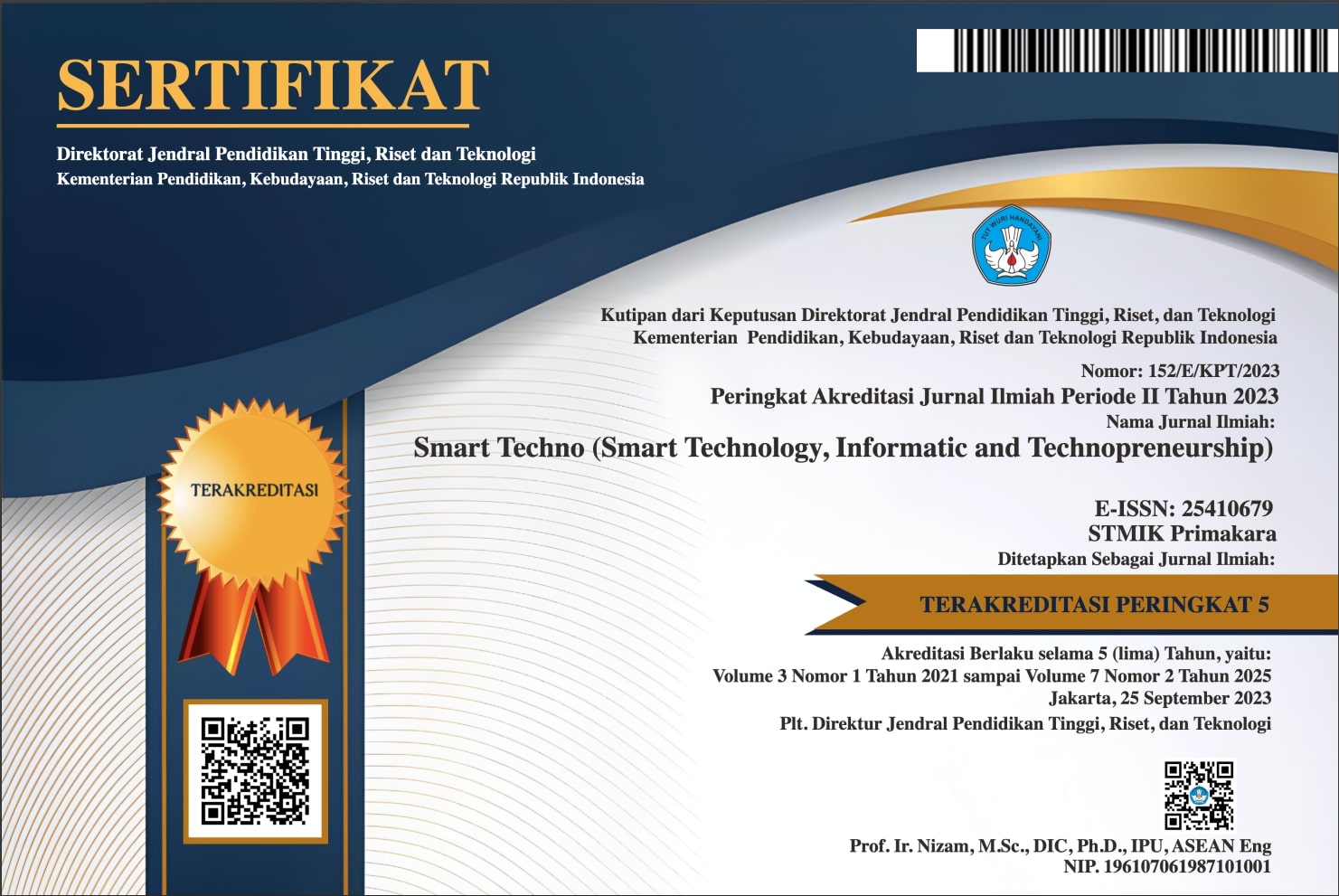Sistem Pemantauan Pembayaran Piutang Nasabah Berbasis Website Pada PT. Guna Artha Kencana
Abstract
This study aims to find out how Website Based Customer Accounts Receivable Monitoring System at PT. Guna Artha Kencana. This study uses a qualitative research approach, the subject of this research id Debt Payment Monitoring System at PT. Guna Artha Kencana. The object of this research is the financial manajer of PT. Guna Artha Kencana. The method used in this research is the Linear Sequential Model, the data collection method used is interviews to obtain primary data and literature studies to obtain secondary data and to design using the Laravel Framework and PHP programming. The results of this research are successful in designing a system for controlling customer receivables payments where this system can be used to record and process every transaction that occurs in the company and this system can also be used to monitor the status of customer account receivable.
Downloads
References
C. Pada and P. T. Li, “Sistem Monitoring Pembayaran Piutang,” pp. 9–10, 2015.
D. I. Pt and A. Citra, “Sistem Monitoring Piutang Dan Inventori Barang,” vol. 4, no. 2, 2018.
Danny Santoso1 , Trianggoro Wiradinata2,” Rancang Bangun Sistem Informasi Akuntansi pada U.D Sejahtera,” vol. 2, no. 1, 2016.
Halimah, Ema Nurmaya, Winda Treisa, Cornelius Nathael “Rancang Bangun Sistem Informasi Monitoring pada PT. Sukanda Djaya Lampung Selatan Berbasis Website dan SMS Gateway,” Seminar Nasional Teknologi dan Bisnis, 2018.
Tengku Khairil Ahsyar, Abd Rahman ,“Sistem Monitoring Piutang dan Inventori Barang Di PT. Anugrah Citra Pestisindo,” Jurnal Ilmiah Rekayasa dan ManajemenSistem Informasi, Vol. 4, No. 2, pp. 142-149, 2018.
P. Pada, C. V Shepina, and E. T. A. Carinae, “Pengawasan Piutang Sebagai Sarana Menghindari,” vol. II, pp. 44–51, 2014.
J. R. Taroreh and T. Runtu, “Evaluasi Penerapan Sistem Pengendalian Internal Piutang Pada Pt Mandiri Tunas Finance Cabang Manado,” J. Ris. Ekon. Manajemen, Bisnis dan Akunt., vol. 4, no. 3, pp. 125–134, 2016.
Nurhayati, “Evaluasi Sistem Pengendalian Intern Dalam Pengelolaan,” vol. 5, no. 2, pp. 113–116, 2016.
R. Abdulloh, 7 in 1 Pemrograman Web Tingkat Lanjut. Elex Media Komputindo, 2018, 2018.
Saifuddin Romli, “Pengertian, Kelebihan dan Sejarah Framework Laravel,” mohsai.com, 2019. [Online]. Available: https://mohsai.com/pengertian-kelebihan-sejarah-laravel/.
M. Mustamiin, E. Ismantohadi, and A. L. Ghozali, “Ujian Berbasis Website Menggunakan,” vol. 4, no. 1, pp. 58–63.
M. Delia and N. Andi, “Rancang Bangun Aplikasi Helpdesk ( a-Desk ) Berbasis Web Menggunakan Framework Laravel ( Studi Kasus Di Pdam Surya Sembada Kota Surabaya ),” J. Manaj. Inform., vol. 8, no. 2, pp. 75–81, 2018.
E. Nurmaya, W. Treisa, and C. Nathael, “Rancang Bangun Sistem Informasi Monitoring pada PT . Sukanda Djaya Lampung Selatan Berbasis Website dan SMS Gateway,” pp. 390–398, 2018
Copyright (c) 2020 Smart-Techno

This work is licensed under a Creative Commons Attribution 4.0 International License.
Authors who publish with the Smart Techno agree to the following terms:
- Authors retain copyright and grant the journal the right of first publication with the work simultaneously licensed under a Creative Commons Attribution License (CC BY-SA 4.0) that allows others to share the work with an acknowledgment of the work's authorship and initial publication in this journal.
- Authors are able to enter into separate, additional contractual arrangements for the non-exclusive distribution of the journal's published version of the work (e.g., post it to an institutional repository or publish it in a book), with an acknowledgment of its initial publication in this journal.
- Authors are permitted and encouraged to post their work online (e.g., in institutional repositories or on their website) prior to and during the submission process, as it can lead to productive exchanges, as well as earlier and greater citation of published work. (See The Effect of Open Access)







